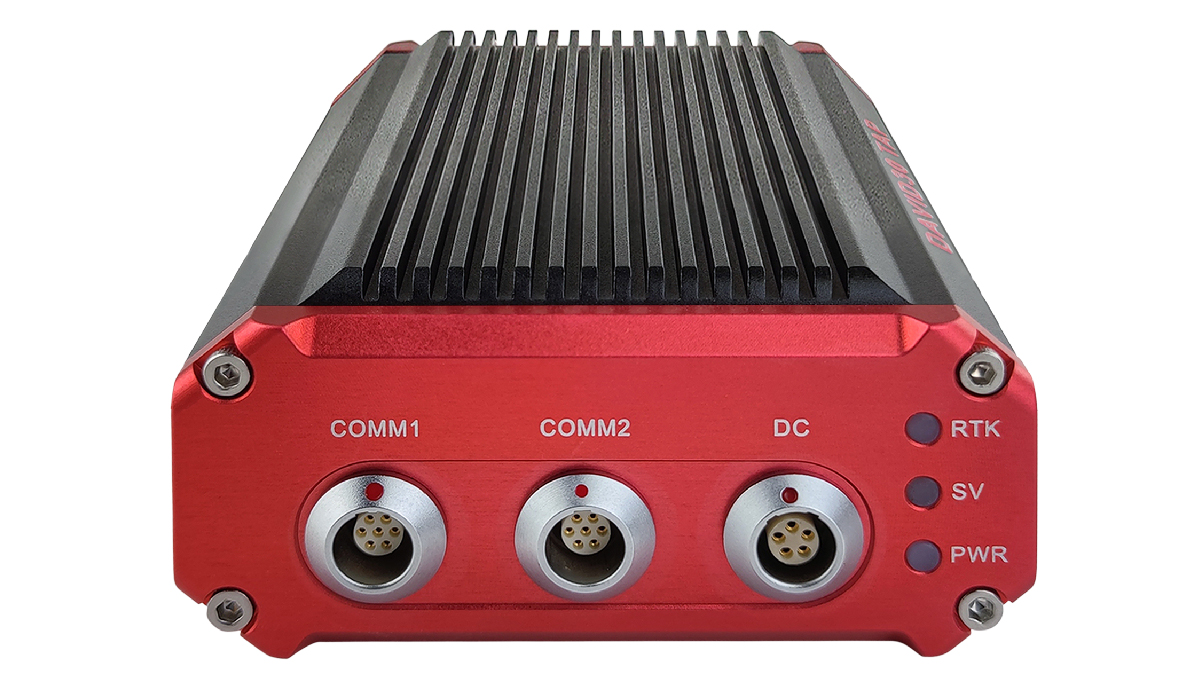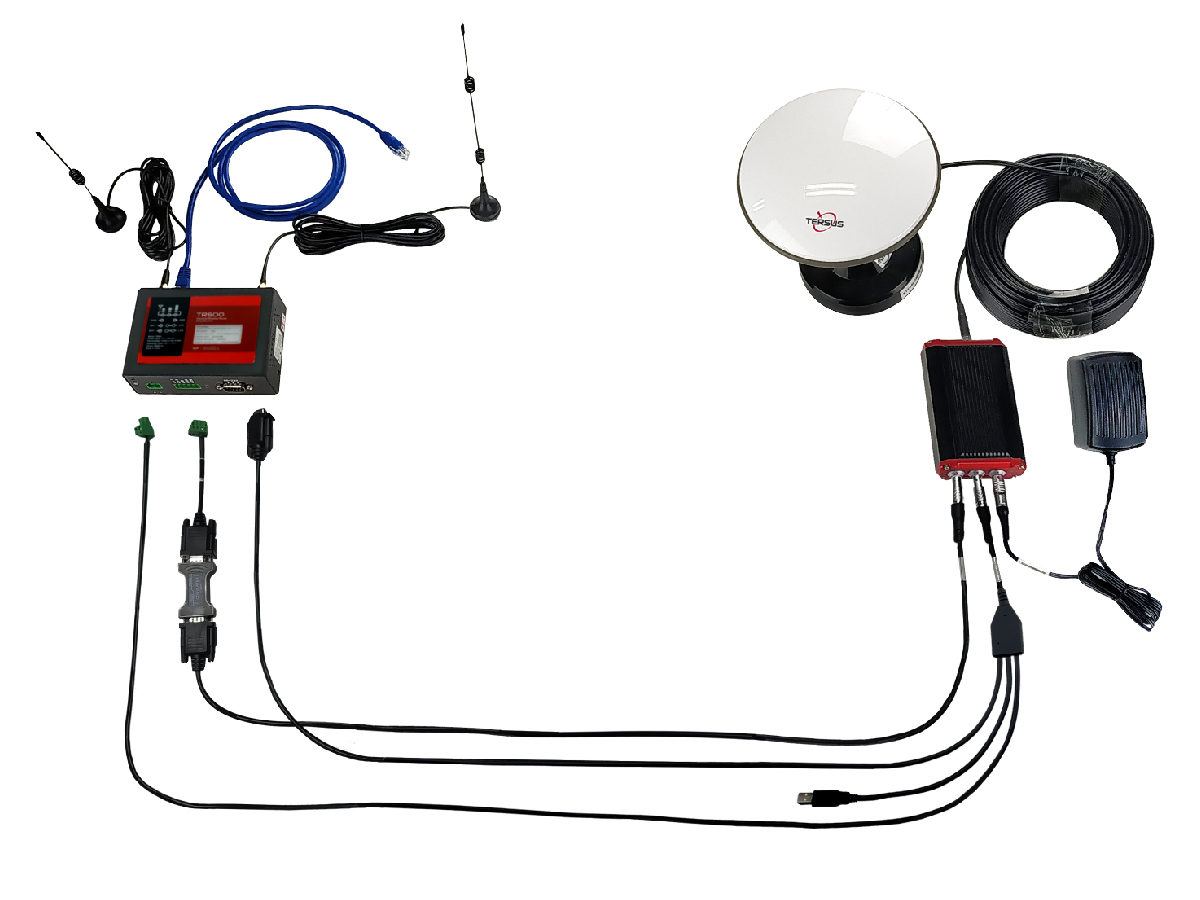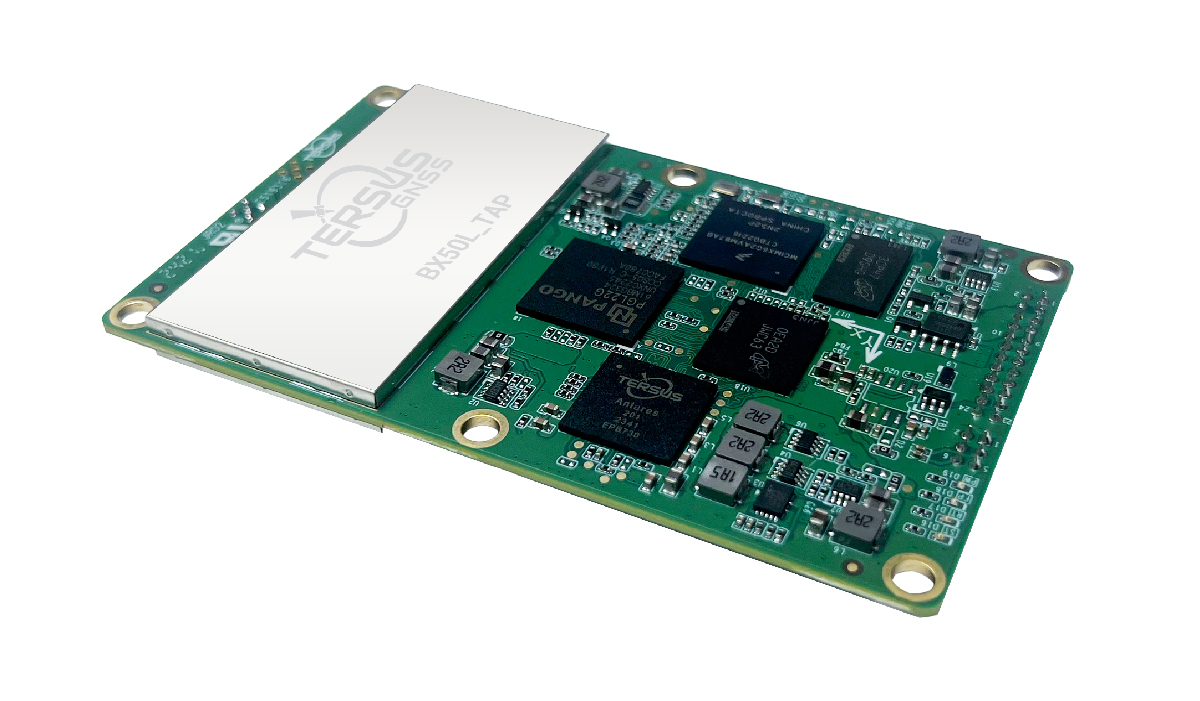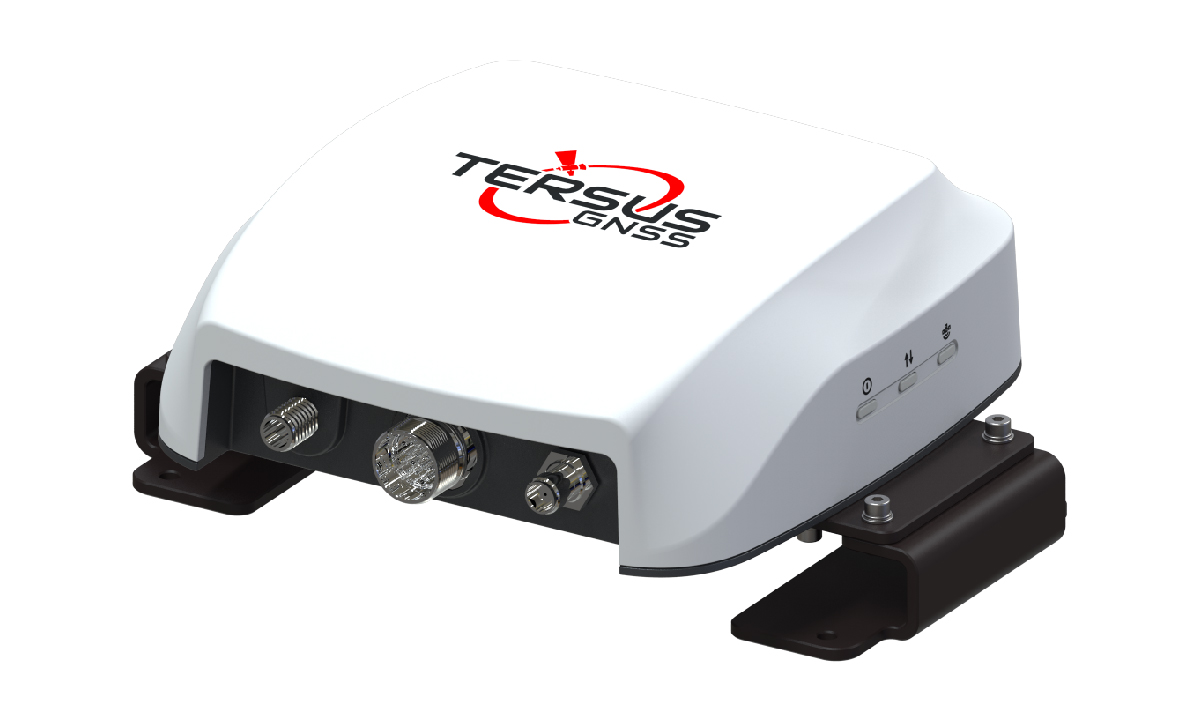RS232, RS485, TTL, and CAN communication interfaces for receiver integration applications
Yaping Liu, Tersus GNSS 22 July, 2025
Communication interfaces such as RS232, RS485, TTL, and CAN represent commonly used serial standards. They vary in electrical characteristics, communication modes, transmission distance, transmission rates, and applications.
RS232
RS232 was one of the earliest serial communication standards, developed by the EIA (Electronic Industries Association), and was primarily used for point-to-point communication between early computers and peripheral devices.
◆Electrical Characteristics: RS232 uses unbalanced transmission, with signal levels ranging from ±5V to ±15V. In this standard, a logic “1” corresponds to a negative voltage (typically between -3V and -15V), while a logic “0” corresponds to a positive voltage (usually between +3V and +15V).
◆Communication Mode: RS232 supports point-to-point communication, typically using a pair of cables for full-duplex communication, allowing for independent transmission and reception.
◆Transmission Distance: Theoretically, the transmission distance is relatively short, generally not exceeding 50 meters.
◆Applications: RS232 is used for connecting computer serial ports to devices and specific applications.
The Tersus David30 GNSS receiver is equipped with three RS232 serial ports for independent transmission and reception. For more details, please refer to Tersus GNSS Sensors.

RS485
The RS485 standard is developed collaboratively by EIA and TIA(Telecommunications Industry Association). It is based on differential signaling and supports multi-point and long-distance communication.
◆Electrical Characteristics: RS485 uses balanced transmission. A signal level between +2V and +6V indicates a logic “1,” while a voltage between -2V and -6V indicates a logic “0.” Additionally, RS485 features strong anti-interference capabilities.
◆Communication Mode: RS485 supports multi-point interconnection, allowing up to 32 devices to be connected for network communication. It can operate in either half-duplex or full-duplex mode.
◆Transmission Distance: Theoretically, the maximum transmission distance exceeds 1200 meters. However, this distance can vary based on the specific environment and wire quality, making it suitable for forming large industrial networks.
◆Applications: RS485 is widely utilized in various fields such as industrial automation, building automation, and security monitoring. It is particularly well-suited for long-distance transmission and scenarios that involve multiple devices connecting to a network.
The Tersus Geobee30 utilizes the RS485 standard to help establish a permanent reference station more effectively. For more details, please refer to Tersus GNSS Reference.

TTL(Transistor-Transistor Logic)
TTL is not a communication standard, but refers to a logic level standard, which is commonly used for communication within integrated circuits or between closely located integrated circuits.
◆Electrical Characteristics:TTL level signals are usually defined as a logic “1” of about +5V (typical) and a logic “0” of close to 0V, with a relatively small signal amplitude.
◆Communication Mode:TTL is mainly used for chip-level interfaces, such as UART, SPI, I²C and other interfaces for signal transmission.
◆Transmission Distance: Due to the faster signal attenuation of TTL, it is not suitable for long-distance transmission, typically limited to a few centimeters to a few meters.
◆Applications: TTL levels are commonly used for internal communication in embedded systems and among integrated circuits on computer motherboards.
The Tersus BX50 GNSS OEM boards utilize TTL along with other flexible interfaces to enable easy integration. For more details, please refer to Tersus GNSS OEM Boards.

CAN(Controller Area Network)
CAN is a communication protocol for in-vehicle networks that was introduced by Bosch in the 1980s. It is widely used in automotive and industrial control applications.
◆Electrical Characteristics: CAN employs differential signaling. The voltage difference between the two lines, CAN_H and CAN_L, is approximately 2V in the "recessive" state (logic "1"). In the "dominant" state (logic "0"), the voltage difference between the two lines is nearly 0V.
◆Communication Mode: CAN supports multi-point communication with a multi-master-slave structure. It employs an arbitration mechanism to handle bus conflicts and offers two operational modes: high speed (CAN High Speed) and low speed (CAN Low Speed).
◆Transmission Distance: With proper wiring, the transmission distance of the CAN bus can reach up to 10 kilometers for High Speed CAN and several kilometers for Low Speed CAN.
◆Applications: CAN is primarily utilized in vehicle electronic systems, industrial automation control systems, building automation, and other scenarios that require multiple nodes to share information.
The Tersus AG993 uses CAN for high reliability and real-time performance, making it suitable for precision agriculture applications.

In summary, RS232 and RS485 are standards for physical and link layer communication. The TTL level represents a common logic level standard used for communication within integrated circuits. On the other hand, CAN is a comprehensive network communication stack that encompasses the physical, data link, and application layers. In practice, these communication methods are often used in conjunction. For example, when designing a system, it may be feasible to utilize TTL levels within an integrated circuit and then communicate with other devices using RS232, RS485, or the CAN bus.
About Tersus GNSS Inc.
Tersus GNSS is a leading Global Navigation Satellite System (GNSS) solution provider. Our offerings and services aim to make centimeter-precision positioning affordable for large-scale deployment.
Founded in 2014, we have been pioneers in design and development GNSS RTK products to better cater to the industry’s needs. Our portfolios cover GNSS RTK & PPK OEM boards, David GNSS Receiver, Oscar GNSS Receiver, MatrixRTK [GNSS CORS Systems] and inertial navigation systems.
Designed for ease of use, our solutions support multi-GNSS and provide flexible interfaces for a variety of applications, such as UAVs, surveying, mapping, precision agriculture, lane-level navigation, construction engineering, and deformation monitoring.
Sales inquiry: sales@tersus-gnss.com
Technical support: support@tersus-gnss.com
